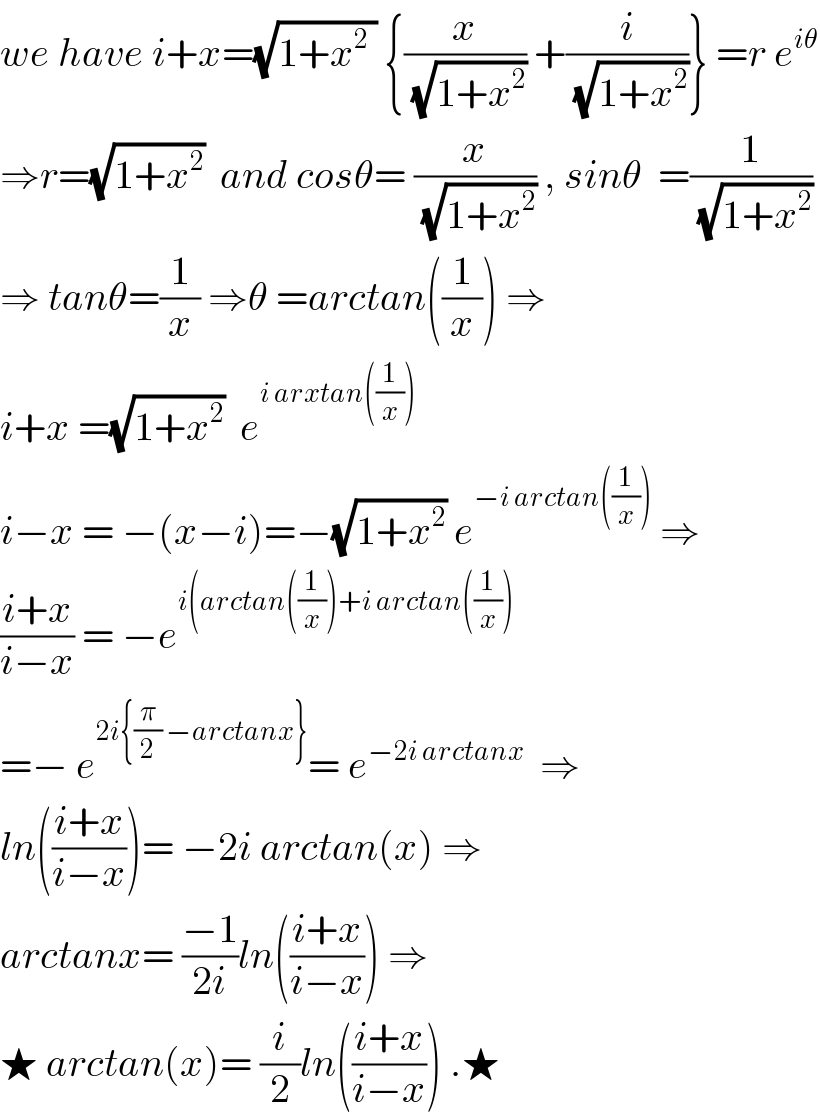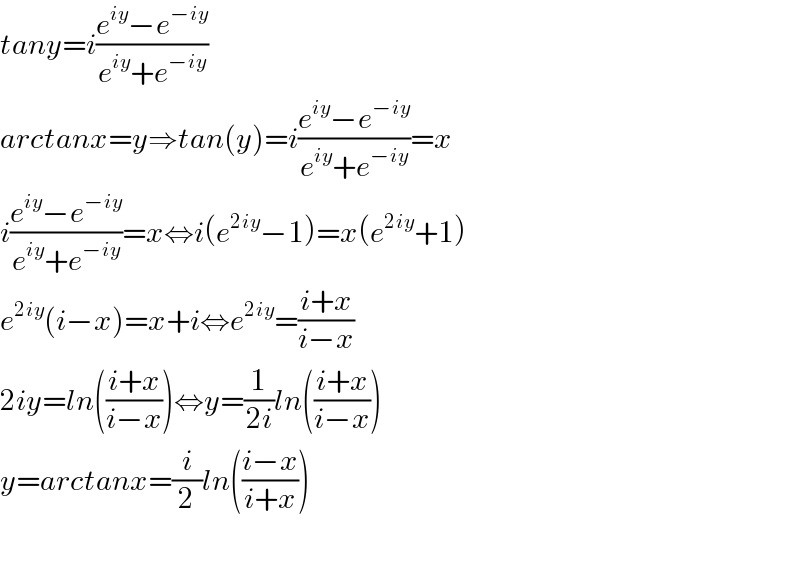
Question and Answers Forum
Previous in Relation and Functions Next in Relation and Functions
Question Number 35222 by abdo mathsup 649 cc last updated on 16/May/18

Commented byabdo mathsup 649 cc last updated on 17/May/18

Answered by sma3l2996 last updated on 17/May/18

